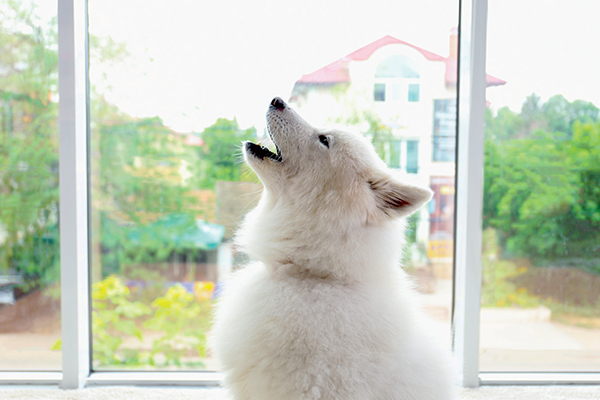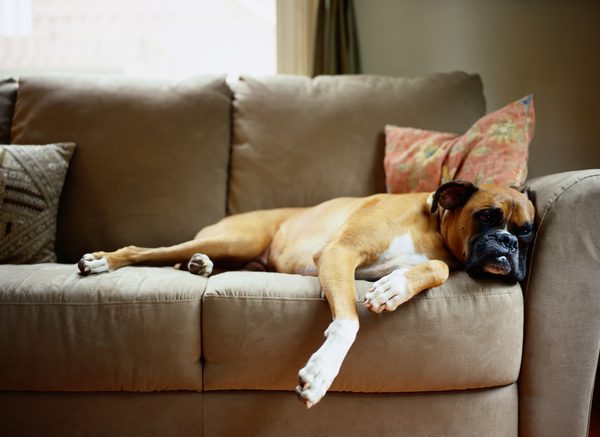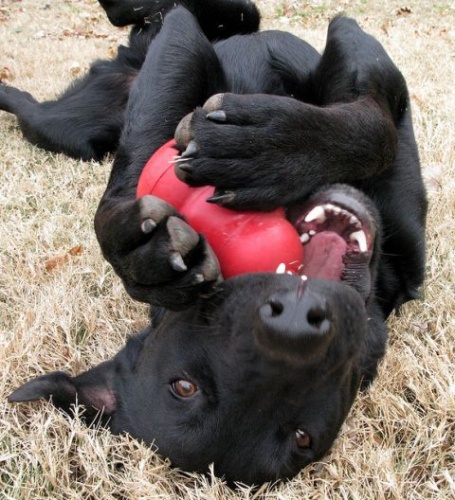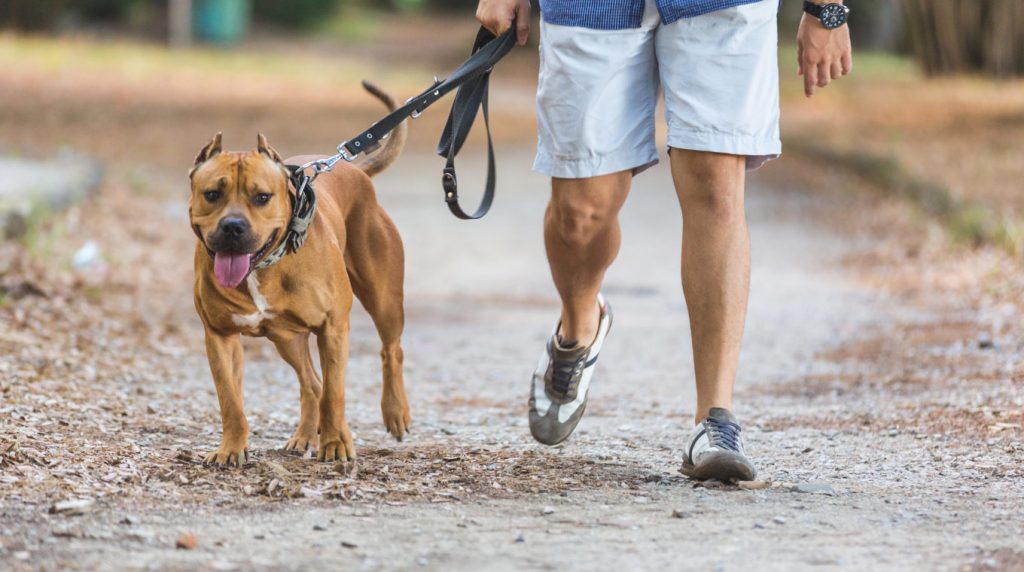
While some isolated humans may be looking forward to the time when they are leaving the home to work and socialise, there are concerns that this could see a rise in separation anxiety amongst the millions of dogs who’ve grown accustomed to their owners’ constant companionship during lockdown.
Whist our feline friends may also suffer from separation distress, it if far less common. In fact, many kitties would welcome more time to themselves as soon as possible!
Dogs experiencing so much more quality time with their families, can become over-dependent on their humans and this can lead to separation distress when mums and dads suddenly return to work and the children go back to school.
Dogs thrive on routine. They feel calmest when life offers consistency and predictability, as we all do, so times of abrupt change can be stressful.
The sudden loss of their doting humans could result in stress-induced behaviours in an attempt to find their owners or deal with anxiety. These include:
- Barking, howling, or whining when you leave
- Scratching or chewing at entrances and exits (doors/windows) when alone
- Destructive behaviour that only happens when alone
- Over-grooming or other self-harm or obsessive behaviours
- A change in appetite

It is worth collecting video of your pet when they are home alone and pay attention to what they are ‘telling’ you through their body language. Are they coping calmly and munching through a treat whilst resting in their comfy safe place? Or are you seeing distressed behaviours?
Beware the dogs that suffer in silence with more subtle signs of anxiety like panting, pacing, salivating, trembling when alone. Some dogs are so anxious that they don’t eat or drink until their owner returns.
Separation anxiety isn’t just psychologically damaging for the pet. Some dogs attempt to dig and chew through doors or windows, resulting in self-injury, such as broken teeth and damaged paws. Some howl continuously in distress, disturbing all those in earshot.
Separation anxiety in dogs already accounts for a high proportion of pets referred for behaviour consultations, even prior to the current upheavals in routine.
So what can we do now to reduce the risk of our dogs suffering distress when we go back to spending more time away from home?

Allow your pet to have some alone time. You have your space and allow them to have theirs. This should not be a punishing time out. Make this a fun experience where the dog is in another part of the home on a comfortable bed, chewing on a Kong, dental chew or other slow-to-consume tasty treat. Tether the treat to the bed if necessary.

Interactive food release toys can take the place of the food bowl to provide hours of entertainment.
As yummy as they may be, we can’t recommend bones. Vets are often faced with broken teeth, blocked bowels or sad vomiting pooches following access to bones.
Practice training your dog to perform out-of-sight “stays” within the house. Begin a gradual process of using small absences that start to teach the dog that absences are safe.
Abandoning one’s fur babies for even short periods could prove a tall order for the millions who are relying on and even purchasing dogs to keep themselves sane during lockdown. Especially when pets offer such a joyful greeting after any absence. However, it is important to help them through this upheaval and prepare them for staying at home alone in the future.
Above all, provide consistent and predictable routines that you can continue once you return to leaving them at home more. For example, think about your morning and evening routines. How can these remain constant when you go back to working away from home? To minimise change, keep the really good stuff – like exercising with your dog, playing with them and feeding them – to the same schedule that you will manage when you’re back at work. Make the middle part of the day less interactive as that will be the case when you’re not around.

Dog-appeasing pheromone (DAP) and nutraceuticals like Zylkene can help avoid separation anxiety. However, if your dog is already showing signs of separation distress, call us for a discussion and potentially a behaviour consultation to help you manage their anxiety and help them enjoy the peaceful life they deserve.
